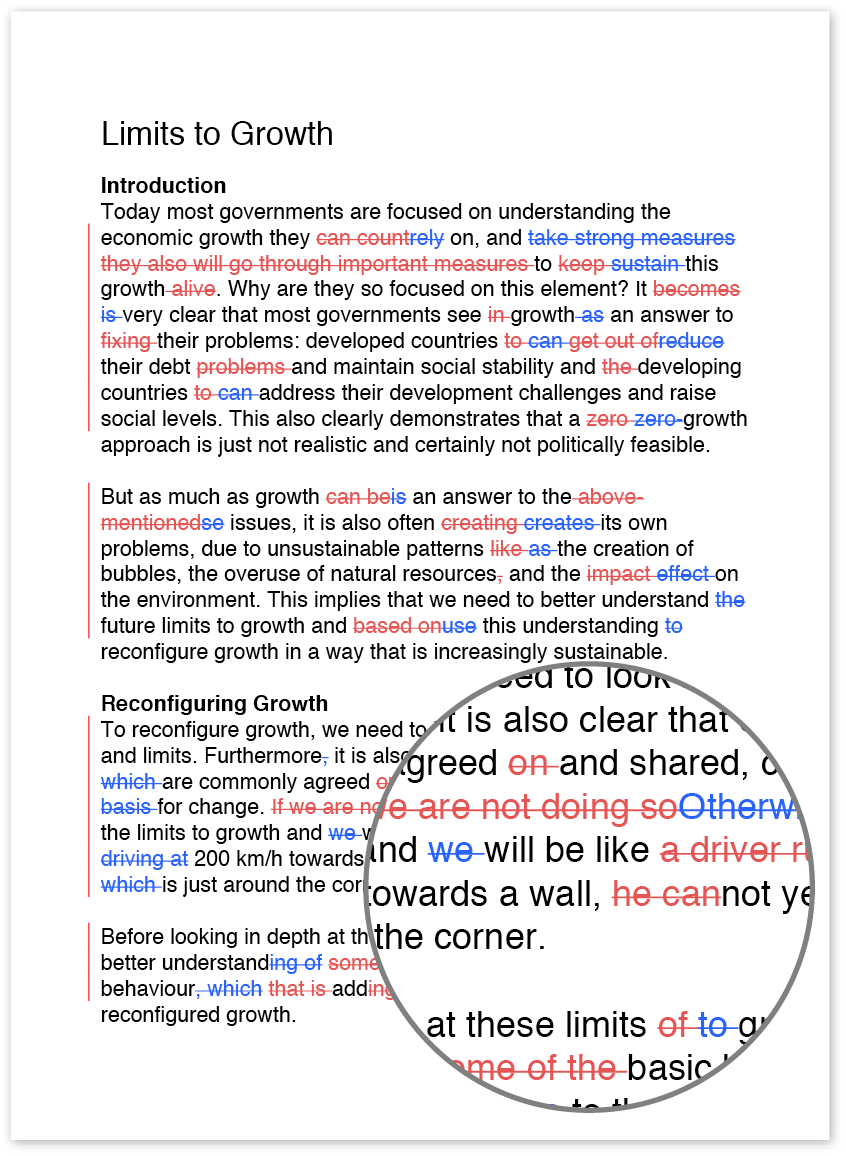Introduction to government writing
Like other types of writing, such as academic or business writing, composing a government document entails a series of steps. If you need to create a well-written, highly communicative government document, follow the steps below.
Determine your audience
Before you begin writing, consider your audience. Are you writing for people working within a government with high-level knowledge of your topic and any technical information related to it, or are you writing for the public to inform them about your topic?
If you’re writing for people with advanced knowledge of your topic, you can use terms and phrases that are specific to that field without having to define or explain them. If you are writing for the public, you should make sure you explain any terms or ideas that aren’t well known to a lay audience.
Gather your information
Make sure you have all the background information, data, and other details you need to create a complete document. If you’re citing information from other sources, make sure you have the bibliographic information (e.g., author name, title, date of publication, etc.) handy so you can provide a proper citation.
As you review the information you collect, consider whether you need to gather any additional information to help explain technical terms or advanced knowledge.
Begin writing
At this stage, you should determine whether you need to follow any specific guidelines or format your document in a certain way. Depending on what kind of document you’re writing, you may need to follow a specific format or include specific sections. A government memo will be organized very differently than a response to a policy document.
If you don’t have any specific guidelines to follow, remember that most documents begin with an introduction, in which you provide an overview of your document. Next comes the body of the document, where you provide background information, data, and other relevant details to your topic. Finally, you should end with a conclusion in which you sum up the content of your document and note any recommendations.
Check your work
Before you submit your work for publication or distribution, go over it again to make sure all of your information is accurate and complete. Proofread the document for grammar, spelling, and punctuation errors and to determine if you can make the text clearer or more concise. It often helps to have someone else go over the document since you may not catch small errors.

